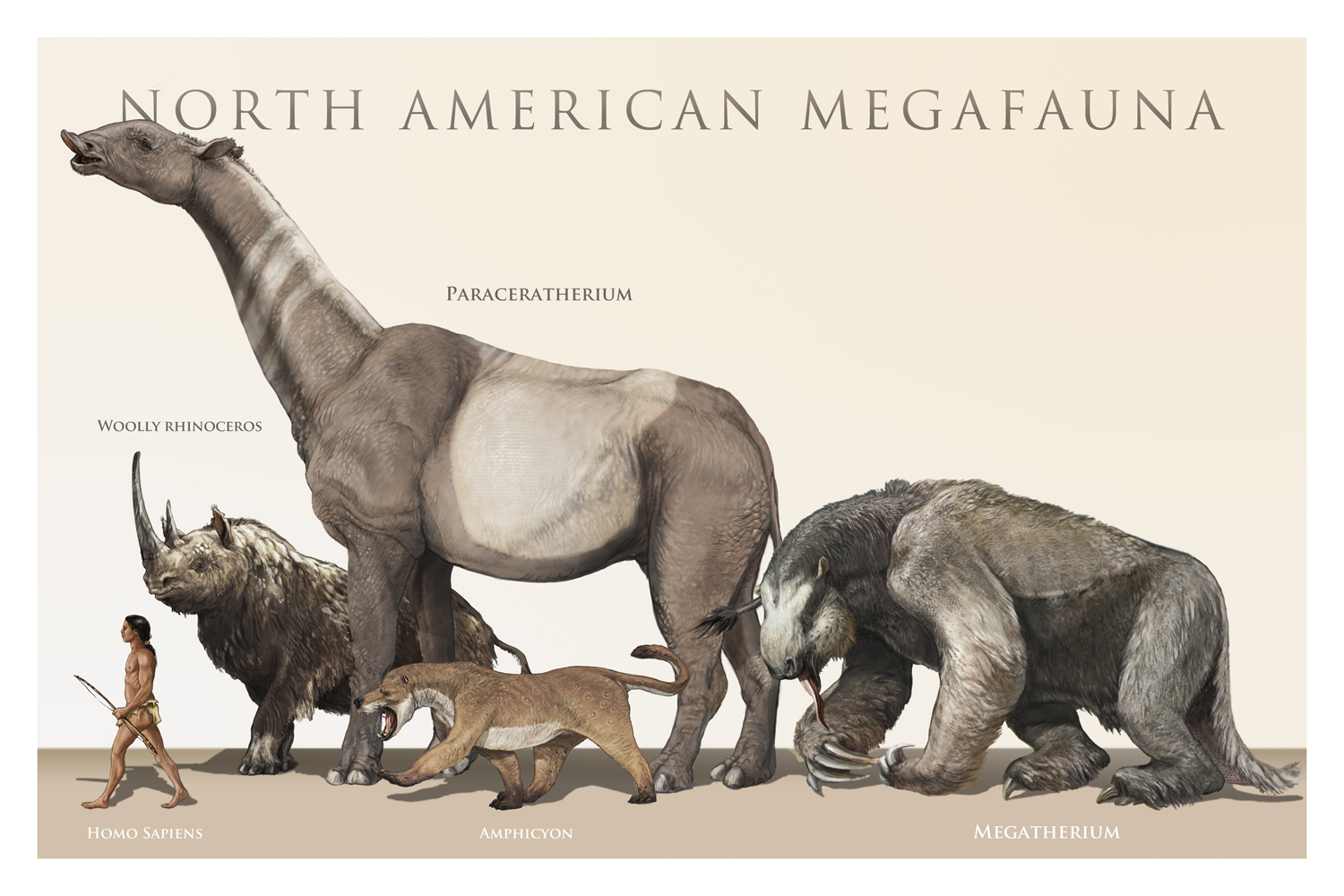the question of improvements to well-being over time in a lot of respects it seems that most societies have regressed since egalitarian hunter gatherer
for - wellbeing - claim - has regressed since hunter-gatherers -we've maximized brutality, economic power
- SRG comment
- weigh against standard progress argument
